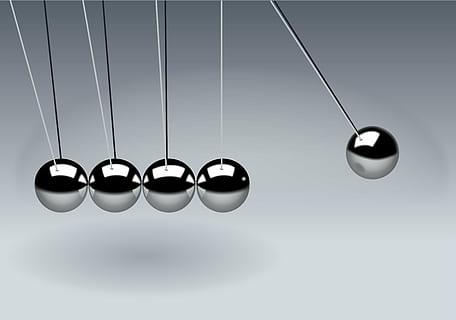
This lesson teaches 3D design using Tinkercad. It provides tutorials for teachers to use in a hands-on lab to orient students to 3D design so students can begin to draft their own prototypes.

This lesson teaches 3D design using Tinkercad. It provides tutorials for teachers to use in a hands-on lab to orient students to 3D design so students can begin to draft their own prototypes.

Using prior knowledge of vertices, angles and sides, students will explore the traits of six shapes, polygons and non-polygons, and correctly categorize shapes with corresponding traits.

In this lesson, students will apply the knowledge of calculating volume to determine the amount of soil they need to fill their planters. They will also use their skills to multiply and divide the

This is a series of lessons that discusses the process and factors that may affect and may not affect seed germination. This also builds the background of the students about the needs of the plants

In 5th grade Social Studies we learn about the American Revolution and study evidence of Espionage used by the Patriots to win the Revolution. Prior to the activity students will read a variety of

Methane emissions are far more potent then CO2 emissions in the short-run in the atmosphere yet this is rarely covered in the media. Students will create a multi-media public service campaign to cover

Students use color theory, write recipes, and use an iterative design process to create a natural dye.

Using the Engineering Design Process, students work in teams to create a covered wagon that the Bee-Bot pulls as they program on a mat from Missouri to Oregon. Students are learning about the Western

Students examine the relationship between a ball's bounce height and its drop height to see a linear relationship. They then calculate the slope of their data to compare "bounciness" with other groups